Paddle boards - Video
Follow us on Facebook
Stand up paddle boards come in a variety of styles and materials, so it’s good to explore the options before you buy. These great informational videos will help you narrow the field so you find the SUP that’s right for you. Learn about board style for flat water or swells, casual paddling or racing, and why construction materials and methods matter. Explore these links for the ABCs of paddle boards.
Race SUP: Displacement hull vs. Planing hull
By Blue Planet Surf
This video talks about the difference between displacement hulls that are faster in flat water and planing hulls that are faster in downwind conditions.
Types of paddle boards
There are several types of paddle boards available on the market, each with their own unique design and features. Here are some of the most common types of paddle boards:
- All-Around Paddle Boards: These are the most versatile and popular type of paddle boards, designed for use in a variety of conditions, from calm lakes to small waves. They are often wider and more stable than other types of boards, making them a great option for beginners and intermediate paddlers.
- Touring Paddle Boards: These boards are designed for long-distance paddling and typically have a more streamlined shape for greater speed and efficiency. They are also usually longer and narrower than all-around boards, which can make them more challenging to balance for beginners.
- Inflatable Paddle Boards: These boards can be inflated and deflated, making them easy to transport and store. They are typically made from durable materials and are designed to be as rigid as traditional hard boards.
- Racing Paddle Boards: These boards are designed for speed and efficiency, with a long, narrow shape and pointed nose. They are typically used by experienced paddlers for competition or long-distance paddling.
- Yoga Paddle Boards: These boards are specifically designed for practicing yoga on the water, with a wider and more stable platform that makes it easier to balance and hold yoga poses.
- Fishing Paddle Boards: These boards are designed for anglers, with features like built-in rod holders, storage compartments, and a wider, more stable platform for casting and reeling in fish.
These are just a few examples of the many types of paddle boards available on the market. The best type of board for you will depend on your experience level, intended use, and personal preferences.
By Eastern Mountain Sports
A quick overview of shapes of nose tail and hull and what to expect from each different board shape.
The primary difference between a paddle board with a displacement hull and one with a planing hull is the way they move through the water.
A displacement hull is designed to displace water as it moves forward, creating a "V" shape in the water. This design is typically used on longer and narrower boards and is ideal for touring, racing, and long-distance paddling. A displacement hull offers more stability and straight-line tracking, allowing the paddler to move through the water more efficiently.
In contrast, a planing hull is designed to ride on top of the water, similar to a surfboard. This design is typically used on wider and shorter boards, and is ideal for surfing, river running, and other types of maneuvering. A planing hull offers more maneuverability and responsiveness, allowing the paddler to turn and carve more easily.
It's important to note that some paddle boards have a hybrid design that combines elements of both displacement and planing hulls. These boards are designed to offer a balance of speed, stability, and maneuverability, and can be a good choice for a wide range of paddling activities. Ultimately, the choice between a displacement hull and a planing hull will depend on the paddler's individual needs and preferences, as well as the type of paddling they plan to do.
How to find out what board is fastest for you
By SUP Boarder
This article is technical, comprehensive and informative. Judge for yourself how reliable...definitely interesting.
Choosing the right paddle board
Choosing the right paddle board for you can be an important decision, as it can greatly impact your overall paddling experience. There are several factors to consider when selecting a board, including your experience level, intended use, and personal preferences. To find the right paddle board for you, it's important to take the time to do some research and consider the following steps:
- Consider your experience level: If you're new to paddle boarding, you may want to start with an all-around board, which is typically wider and more stable than other types of boards. More experienced paddlers may prefer a board with a more streamlined shape for greater speed and efficiency.
- Think about your intended use: Different types of paddle boards are designed for different activities, such as surfing, touring, racing, or yoga. Consider what type of paddling you plan to do most often and choose a board that is well-suited to that activity.
- Consider the size and weight of the board: The size and weight of the board can impact its stability, maneuverability, and ease of transport. Think about where you'll be paddling and how you plan to transport the board to help you choose the right size and weight.
- Look for quality materials and construction: A high-quality paddle board will be made from durable materials and will be constructed in a way that ensures its strength and longevity. Look for boards made from materials like epoxy or fiberglass, and consider the type of construction used, such as hand-shaped or machine-shaped.
- Read reviews and get recommendations: Finally, do some research to learn more about different paddle boards and read reviews from other paddlers. Ask for recommendations from friends or local paddle shops to help you make an informed decision. By considering these factors, you can find a paddle board that is well-suited to your needs and preferences, and can help you enjoy your time on the water to the fullest.
Displacement style hull
By Vermont Skiand Sport
Quick overview of a displacement hull for touring and racing.
SUP Board construction
Produced by Blue Planet
A shaping machine is used for the rough cut. Another machine then makes the finer cuts. The blank is finally hand sanded then ready for glassing and layering. The layers of glassing and the wood or bamboo finish is explained. The rails have extra layers of glass for protection from scraps, bumps and dings. Blue Planet claim chip resistants rails. Both cruising and racing boards are covered.
ATX Factory Tour – How SUPs are made
By SUP ATX
The video gives a revealing overview of the process of building a board. Note: not all boards are constructed the same. To understand more on board construction go to SUP construction.
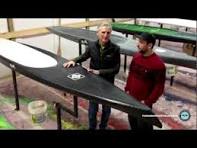
Black Box carbon race board shown in above photo. See video for more details.
This website is for sale. For information go to:
Buy-standuppaddleboardingguide.html
DuckDuckGo Search
2014 - Most recent Review - Shark 2s
Amazon devicesSee BLUEFIN SUP Fleet
5 year warranty,
60 day returns.
Free global shipping!
Learn more about Bluefin Sup inflatables
Dear Visitors
Should you click on an ad, it make generate a small commission at no cost to you. It helps keep our website free for all users. MANY THANKS!
O'Neil Wetsuit
https://amzn.to/3wekRsh
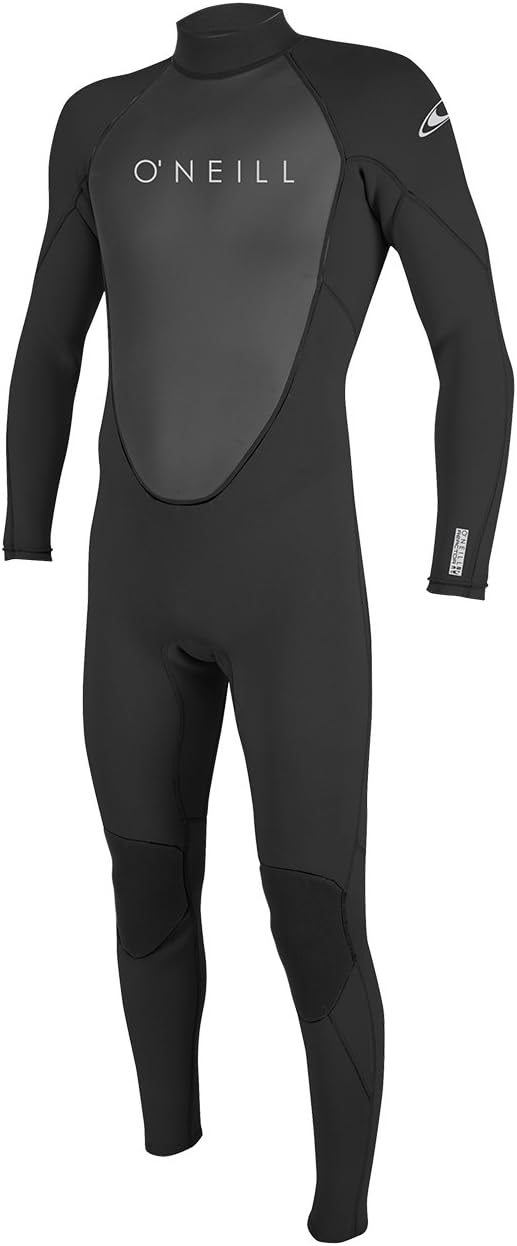
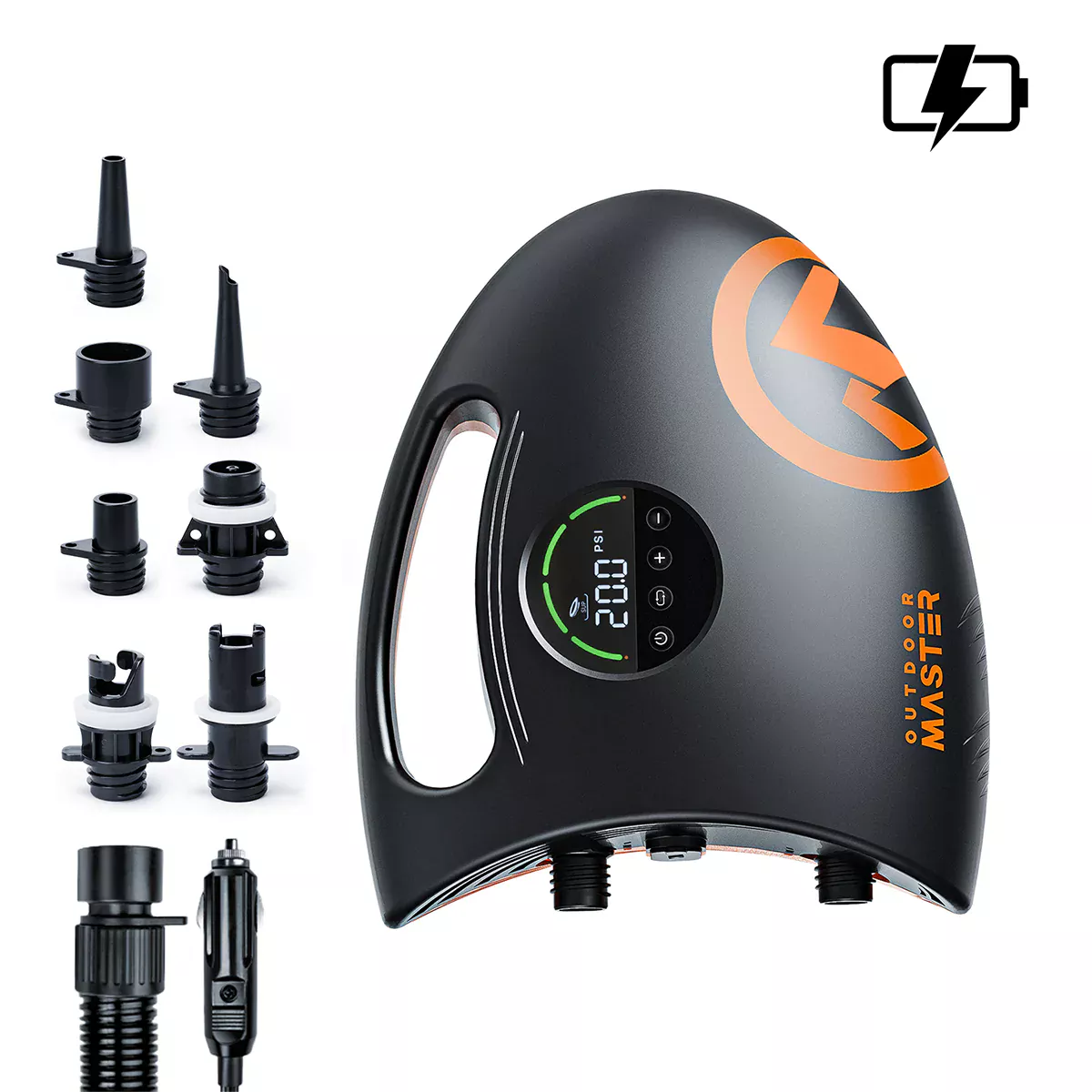
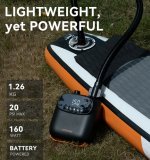
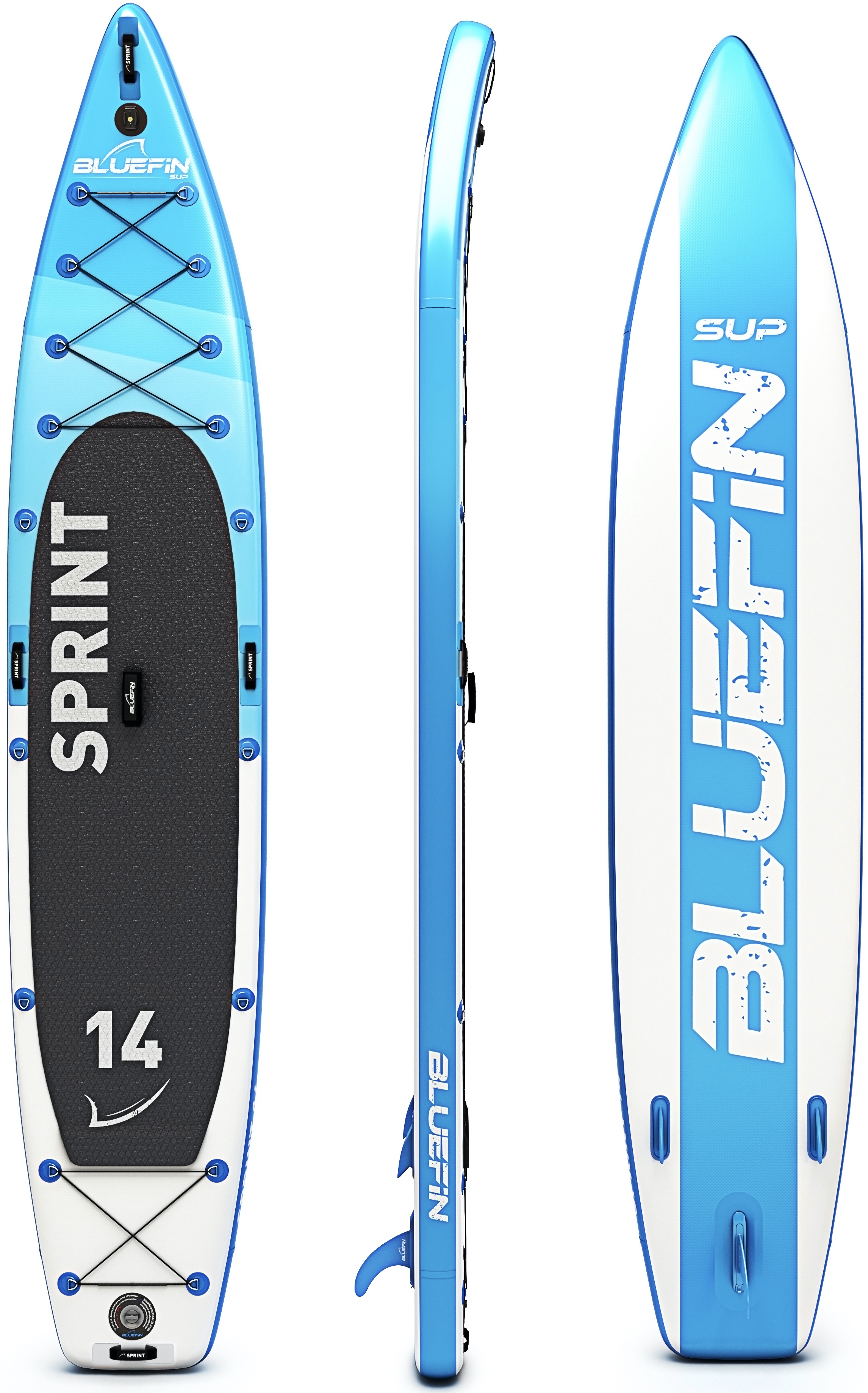
New! Comments
Have your say about what you just read! Your paddle boarding comments, stories and ideas are valued! Many thanks!